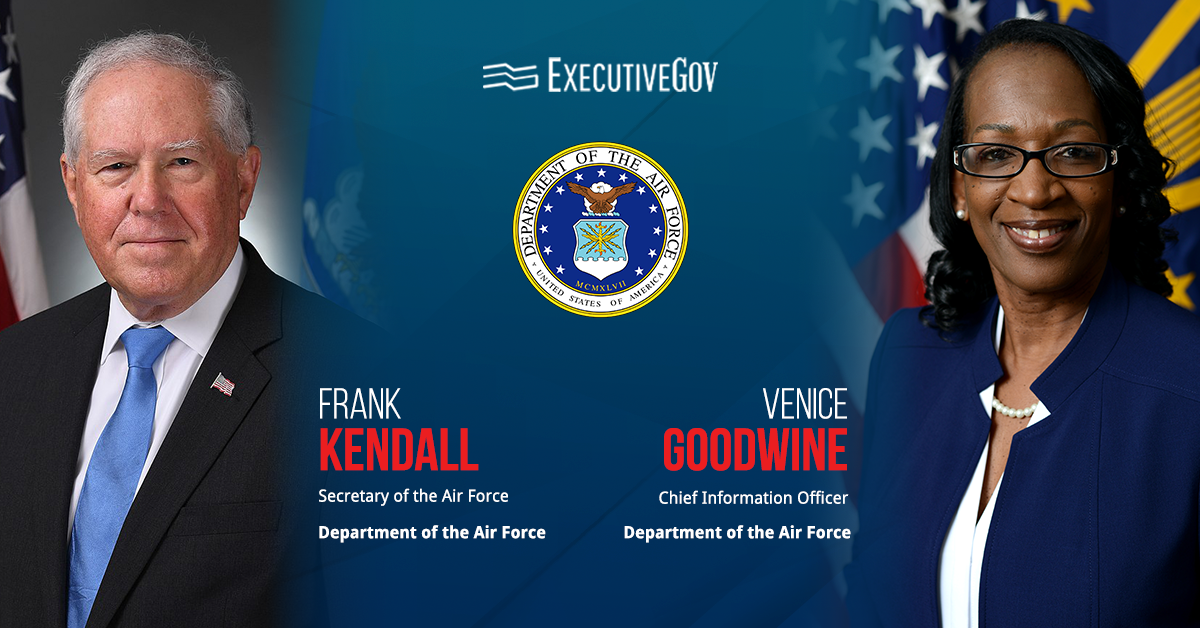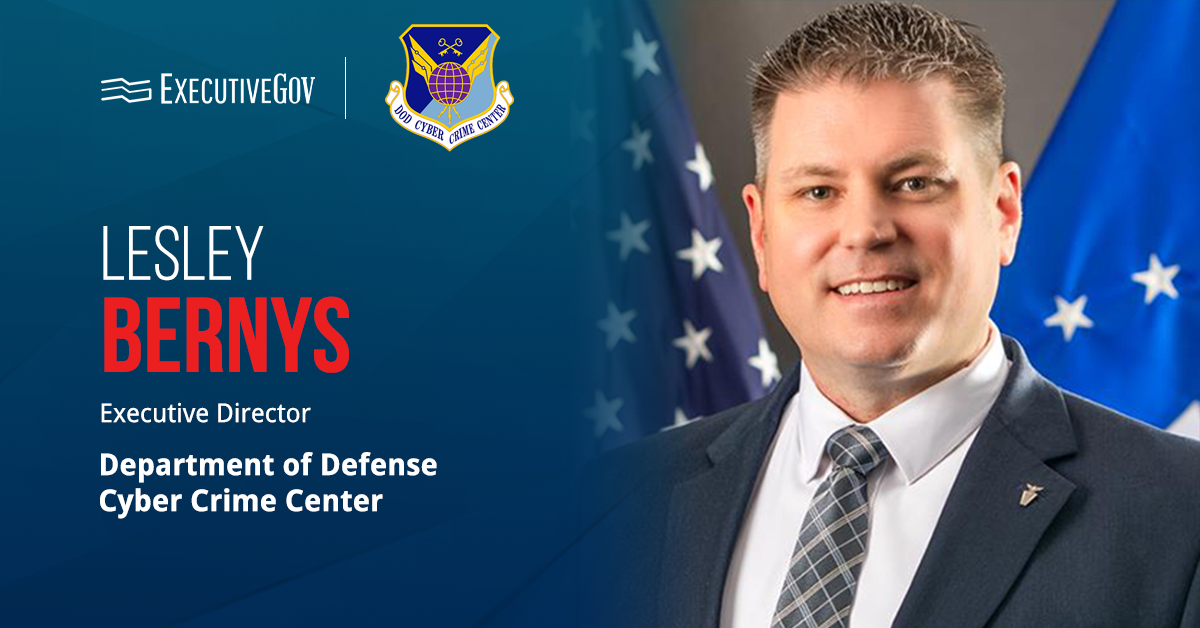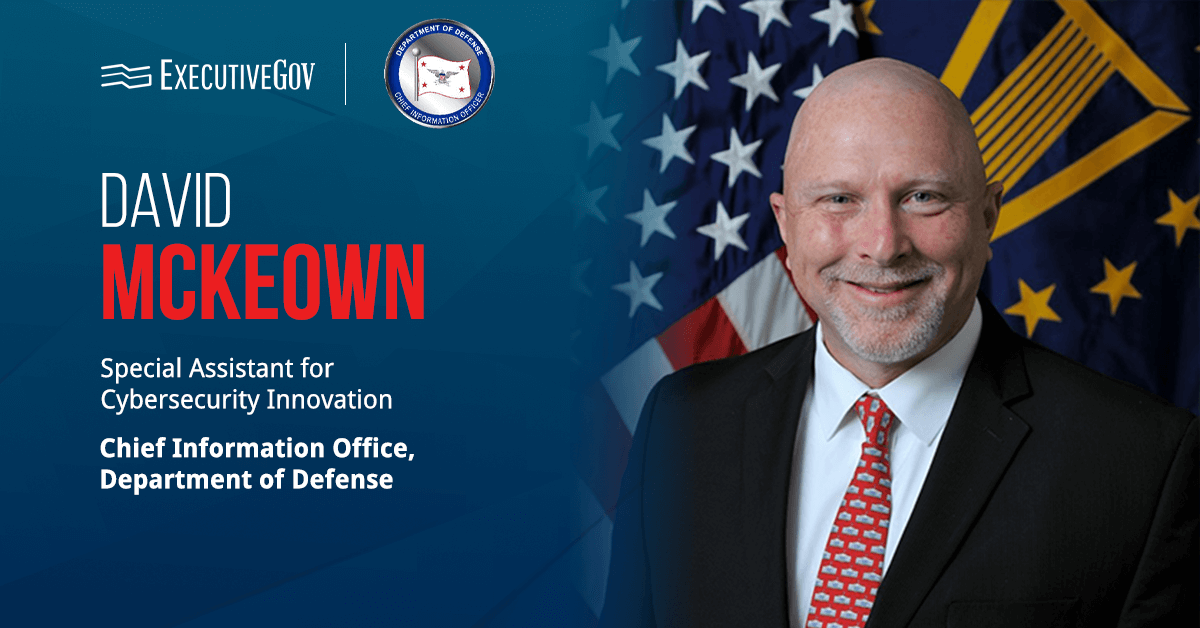The Department of Energy has selected three microelectronics science research centers for funding grants of $179 million to help them enhance microelectronics’ energy efficiency and create new chips for extreme environments.
The funding will enable the MSRCs to conduct research in microelectronics materials, device and system design, and manufacturing science to transform microelectronics technologies, the DOE said Monday. The program supports the government’s vision of producing microelectronics capable of operating in high-radiation, cryogenic and high-magnetic field environments.
According to Harriet Kung, deputy director of science programs at the DOE’s Office of Science, the research centers will deliver innovations to improve U.S. lives and enable the country to maintain its science and technology leadership.
“Advancements in microelectronics are critical to furthering scientific discovery,” she added.
Funding Recipients and Their Missions
The funding program will help the Microelectronics Energy Efficiency Research Center for Advanced Technologies explore technologies to bridge sensing, edge processing, artificial intelligence and high-performance computing. MEERCAT will accelerate the deployment of scalable and sustainable systems to reimagine computing and sensing models.
Another fund recipient, the Co-design and Heterogeneous Integration in Microelectronics for Extreme Environments Center, will develop durable systems for high performance in extreme thermal and radiation environments. CHIME will turn new research into scalable capabilities that address critical societal and industrial needs.
Under the program, the Extreme Lithography and Materials Innovation Center will integrate new materials and processes into advanced microelectronic systems. ELMIC will collaborate with Lawrence Livermore National Laboratory to start working on a future build of extreme ultraviolet lithography.
The centers are established as networks of projects that were selected by competitive peer review under the DOE. Projects will run up to four years and access an initial $41 million, with the succeeding funding to be determined by congressional appropriations.











